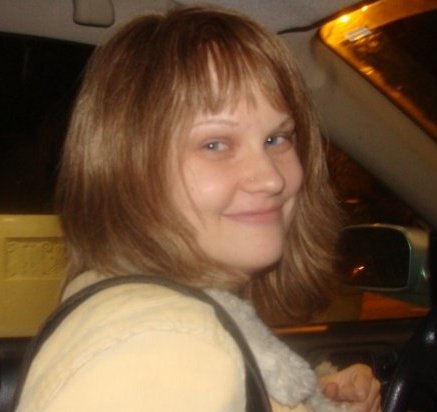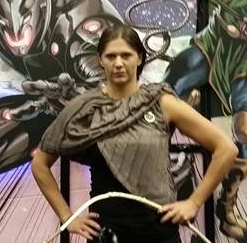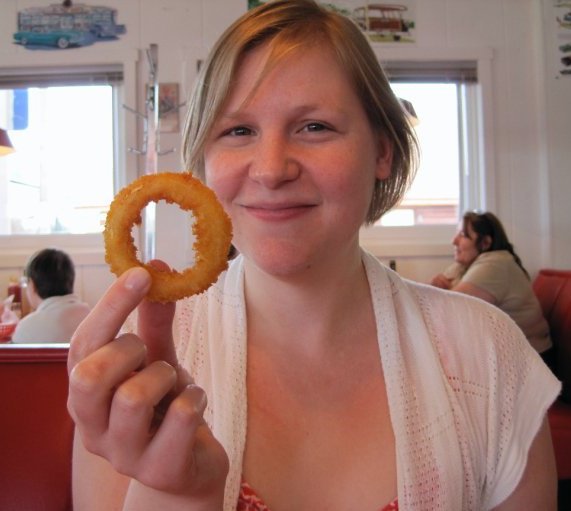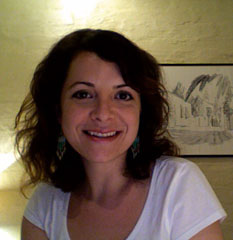Call for Submissions: Craft Rhetorics
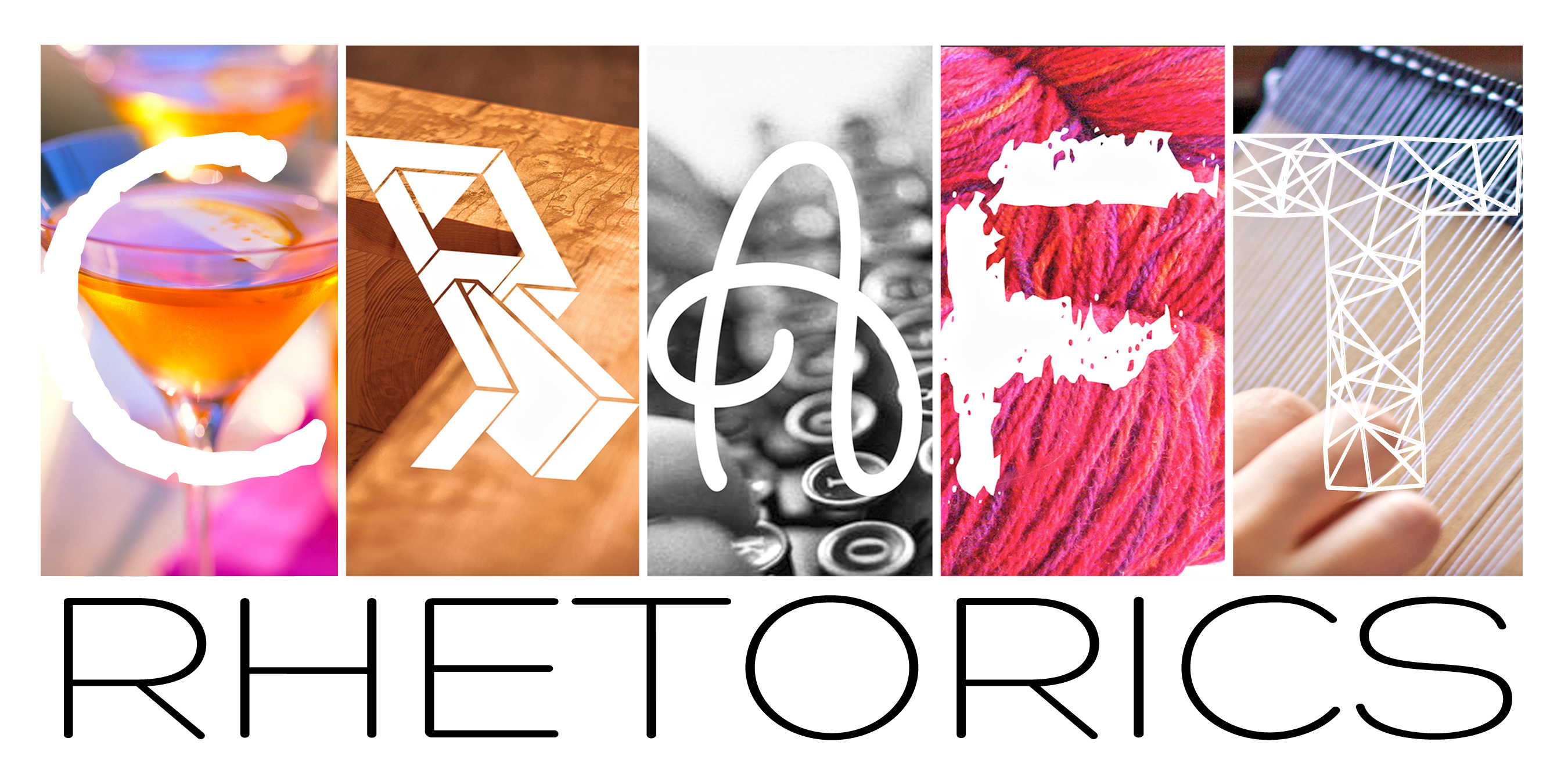
These days the word "craft" gets attached to a lot—from cocktails to crochet, 3D printing to upcycled t-shirts, handmade paper to handmade pickles. And this trend only appears to be growing as craft is closely connected to the DIY movement: a wide-ranging, ever-expanding, and sometimes controversial field of work and play.
At its most basic level, craft means creating something by hand, in small batches, by a skilled artisan. But craft—as noun, verb, or adjective—seems to mean something different to everyone. For some, "craft" brings to mind knitting, crocheting, and gluing googly eyes onto walnuts; for others, "craft" translates as woodworking, weaving, and creating art out of everyday objects. It’s just as easily dismissed as messing around with Aleene’s Original Tacky Glue and copious amounts of glitter as it is admired as exercising a finely honed skill.
But whether people love or loathe it, craft is most definitely having a moment. From Pinterest to Park Slope, doing it yourself—and supporting others who do it themselves—has become popular, social, personal, cultural, economic, political, and always (of course) rhetorical.
In the next special issue of Harlot (October 2015), we seek critical and creative explorations of craft in theory and practice:
- What is—or isn’t—craft/DIY? What does it do?
- How does the language of craft—whether warcraft, witchcraft, or craft cocktails—influence our perceptions of crafting and crafters?
- What does your own craft practice look like? What does it mean to you? What does it communicate to those around you?
- Why does the craft movement seem to be so persuasive at the moment? How should we understand these rhetorics of craft? How has a culture of DIY crafted a rhetoric of its own?
- What are the larger implications for craft practices when they enter digital spaces? How have sites like Pinterest, Ravelry, and Etsy changed craft practices and activities?
We are especially interested in exploring craft in three ways in this special issue:
Reflection
- Make a personal account that reflects on the role of craft practices in your life
- Share a family, group or community craft history
- Conduct a textual, audio, or video interview with your favorite potter about pottery (or other kind of crafter about another kind of craft)
Inquiry
- Analyze particular crafts and the discourses around them
- Study interactions and community within a crafting group
- Examine representations of crafts and crafting on a site like Ravelry or Pinterest
- Discuss critiques of DIY or examine websites like Regretsy
- Consider the ways that craft practices connect us to personal and cultural histories
- Draw connections between cosplay and other fan practices and craft
Practice
- Create a video or podcast about making a particular craft object
- Translate a traditional craft process or object to a digital format
- Document how a specific craft or DIY practice (or set of practices) is part of a community or social movement
- Share patterns, templates, instructions, and other materials, and invite readers to make their own items
These are just suggestions, so run with your ideas! Compose craftily. We hope to see smart, creative, media-rich projects (using pictures! video! sound! animated GIFs!) that experiment with understanding and representing craft and DIY—and maybe even invite readers to craft along with you.
Submissions of complete projects are due via Harlot’s online submission system [register at harlotofthearts.org] by April 15, 2015. Please don’t hesitate to contact us early if you have any questions or want to talk through an idea for a project: [email protected].
Guest Editors:
Amber Buck, Megan Condis, Kristin Prins, Marilee Brooks-Gillies, Martha Webber
Amber Buck studies the representation of crafting activities in online spaces but prefers edible crafts in practice, specifically vegan cupcakes. She is an assistant professor at the College of Staten Island, CUNY. |
Megan Condis works on gender and embodiment in video game culture and also loves knitting, cooking, and cosplay. She is a doctoral candidate at the University of Illinois at Champaign-Urbana. You can find her online here. |
Kristin Prins is a free-form |
Marilee Brooks-Gillies crochets to unwind and relax in the evenings. Crochet helps her transition into evening while also allowing her to make something, to be useful. She also made 1,000 felt flowers for her wedding in 2010. Her dissertation, Crafting Place: Rhetorical Practices of the Everyday, based on her work with a women's craft group, developed a theoretical framework that recognizes space and place as rhetorical entities. She is currently the Director of The Center for Excellence in Writing at the University of Colorado Colorado Springs, where she also teaches material rhetorics and rhetoric history and theory. |
Martha Althea Webber's primary craft media include button making, embroidery, and sewing. She cut the fabric for her first independent sewing project so off-grain, the pair of neon orange "raver" pants she made twisted more than her dance moves. Since then, she's learned not to start sewing pants hem-first, earned an AA in fashion design, and co-faciltiated embroidery workshops for women in South Africa in 2008 with nonprofit Create Africa South. She is currently Assistant Professor of English at Cal State Fullerton, where she teaches and researches writing and craft practices. |
